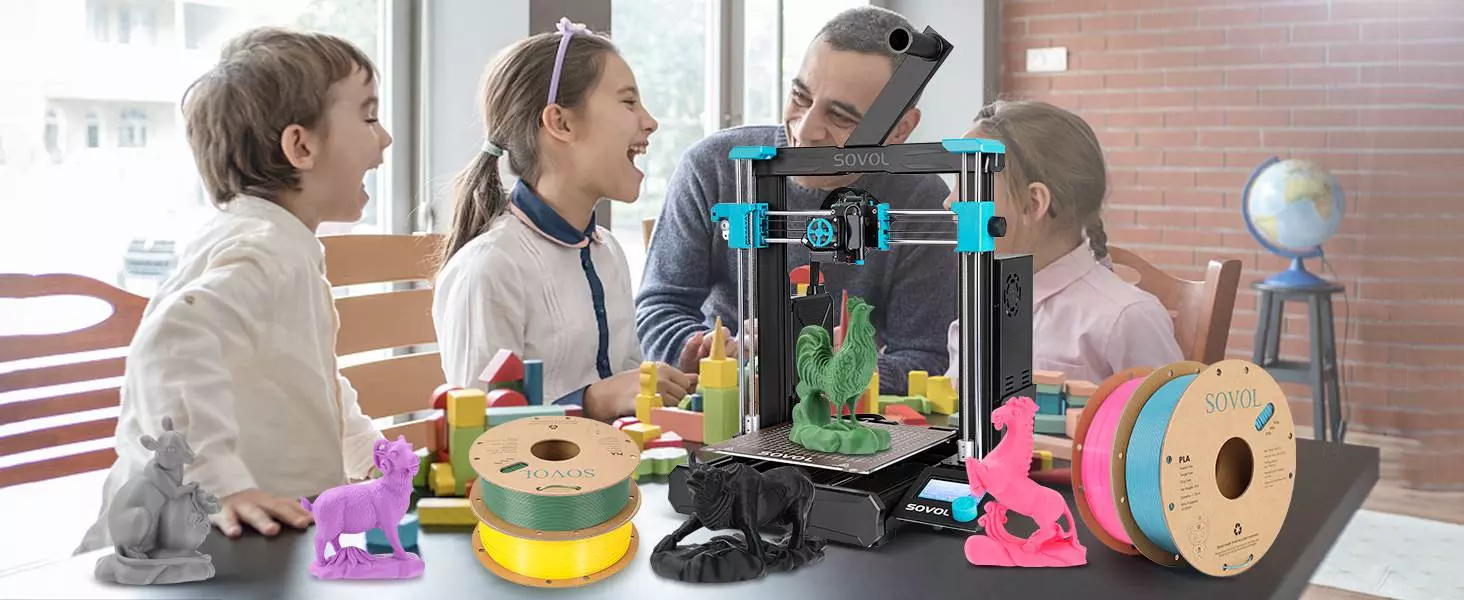3D Printing History
Charles Hull, the co-founder of 3D Systems, has initiated the development of 3D printing services. He developed stereolithography, a technology that created a physical 3D model based on digital data. This 3D technology is used to create a 3D model from an image so users can validate the concept before investing in a larger version.
3D Printing Milestones
1992 – 3D Structures developed the first SLA (stereolithographic apparatus) machine. The procedure involved a UV laser solidifying photopolymer, a liquid with viscosity and a honey-like tint.
It rendered three-dimensional artifacts, layer by layer. The first machine was flawed, but it was promising because it could generate extremely complicated components.
1999 – 3D printing has led to new developments in medicine by manufactured organs. Researchers at the Wake Forest Institute for Regenerative Medicine developed the first lab-grown organ using a 3D printer.
A synthetic scaffold covered with the patient's cells was used. The procedure has little to no chance of rejection because it was performed with the patient's cell. This paved the way for the creation of modern engineering organ strategies.
2002 – The scientists developed a mini-functional kidney capable of filtering blood and generating diluted urine in the animal. This advancement led to greater priorities for the manufacture of organs and tissues using 3D printing technology.
2005 – Dr. Adrian Bowyer created RepRap, an open-source project to build a 3D printer capable of printing much of its own parts. The project intended to supply inexpensive RepRap units so that people could produce their own goods.
2006 – The first and foremost SLS (selective laser sintering) system has been made. SLS system uses a laser to combine components and produce 3D objects. This invention opened the way for mass customization and on-demand manufacturing of automotive parts and prostheses.
A machine with the ability to print multiple materials, including elastomers and polymers, was developed in the same year. The said machine also permits the processing of a single element with various densities or material properties.
2008 – The first self-replicating printer has come to life, enabling people to render more printers for family members or friends. The first human with a 3D-printed prosthetic leg walked the same year. Several parts of the knee, leg, foot, and socket were printed in the same complex structure without any assembly.
2009 – DIY 3D Printer kits are on the market. In the same year, Dr. Gabor Forgacs, with the help of a 3D bioprinter, printed the first blood vessel.
2010 – Researchers and designers at the University of Southampton build and fly the world's first 3D-printed plane. The aircraft was only constructed in seven days with a budget of 5,000 pounds.
2011 – Urbee, the first 3D-printed car in the world, was built. It is sleek, environmentally friendly, and is made to be fuel-efficient and low-cost.
In the same year of 2011, 3D printing services offer 14K gold and sterling silver as materials, a cheaper choice for jewelry makers.
2012 – The Netherlands used a 3D printer to create a personalized three-dimensional lower jaw prosthetic inserted in an 83-year-old woman with a chronic bone infection.
2015 - A Swedish company, Cellink, introduced the first standardized commercial bio-ink, made from a seaweed material named non-cellulose alginate. The bio-ink can be used for tissue cartilage printing.
Later in the year, Cellink releases the INKREDIBLE 3D printer for bioprinting services, creating an affordable bioprinting market.
Later years - With the expiration of patents and open source projects, there are over 170 3D printer system manufacturers worldwide. This list includes Makenica, 3D Systems, Stratasys, Fusion3, Formlabs, Desktop Metal, Prusa, and Voxel8, among many others.



(1)-ZI1.webp)







